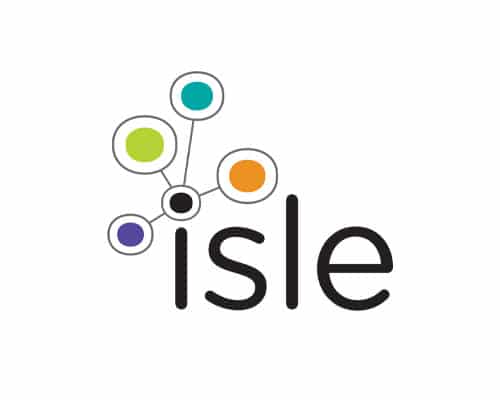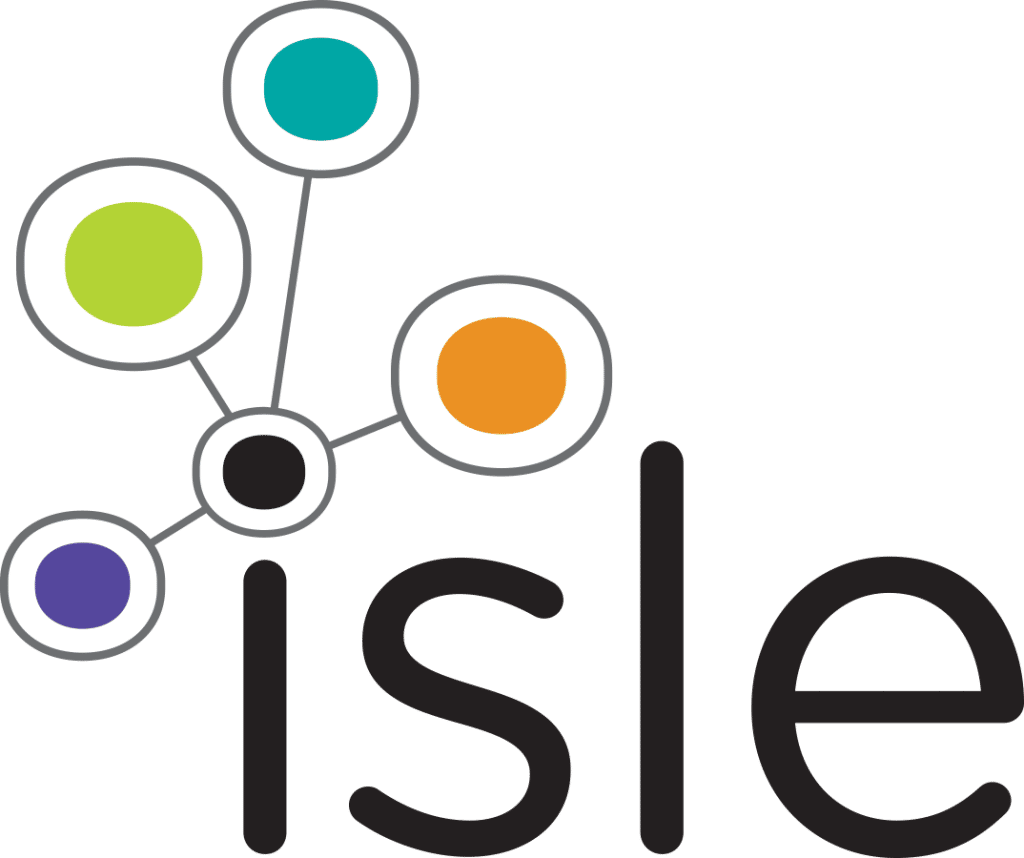Enhancing Water Sector Efficiency in LATAM Through Adoption of Innovative Technologies and Collaboration.
Facilitating the adoption of innovative technologies in the Latin American water sector to enhance service quality and efficiency while promoting collaboration and data sharing among regional providers, by creating the Water Innovation Platform (WIP) LATAM.
Isle Utilities spearheaded the Water Innovation Platform (WIP) LATAM to bring together technological innovations with water sector service providers, matching solutions to the utilities’ challenges and facilitate adoption. Isle conducted a review of innovation platform initiatives and engaged with relevant stakeholders to understand what has been achieved to date, the extent to which it has been done and the challenges encountered. This information was used to inform the establishment of the WIP and maximize their impact on the sector.
Benefits of Approach/Innovation:
Tailored Solutions: Connecting water sector operators with technological innovations to address challenges and improve service quality, efficiency, and collaboration.
Informed Decision-Making: Conducting reviews and engaging stakeholders to establish the Water Innovation Platform (WIP) for maximum sector impact.
Needs Assessment: Developing a needs assessment questionnaire and identifying main topics for technology adoption: leak identification/repair and real-time monitoring and IoT application in the infrastructure
Technological Curation: Curating a selection of 10 innovative technologies to address identified needs.
Engagement Platform: Establishing an online platform to showcase technologies, enable voting, and foster engagement among participants.
Collaboration Facilitation: Hosting workshops with virtual presentations to spark discussions, collaborations, and potential technology adoption.
Specialist Services Involved:
Stakeholder Engagement: Leveraging Isle’s expertise to engage stakeholders and establish the Water Innovation Platform (WIP).
Needs Assessment: Conducting a thorough needs assessment to identify technology adoption focus areas.
Technology Curation: Curating a selection of innovative technologies tailored to identified needs.
Online Platform Setup: Establishing an interactive online platform for showcasing technologies, voting, and engagement.
Workshop Facilitation: Facilitating virtual workshops for technology presentations and collaborative discussions.
Outcome:
Technology Integration: Water utilities in LATAM successfully integrated innovative technologies into their operations, leading to improved efficiency and resource management.
Cost Savings: Utilities realized cost savings through streamlined operations and reduced resource wastage.
Resource Conservation: The project contributed to responsible water resource management, conserving this vital resource for future generations.
Collaboration and Knowledge Exchange: A collaborative ecosystem emerged, enabling utilities and stakeholders to address challenges collectively and share best practices.
Enhanced Capacity: Water sector professionals enhanced their skills and knowledge, making them better equipped to navigate the evolving water management landscape.
12 Participating Utilities: Engagement from 12 Latin American utilities in the project.
Technology Interest: Eight utilities expressed interest in at least one technology.
Follow-up Engagement: Three utilities engaged in follow-up activities for potential piloting and testing of innovative solutions.
Key Contact:
For inquiries and further information, please contact:

